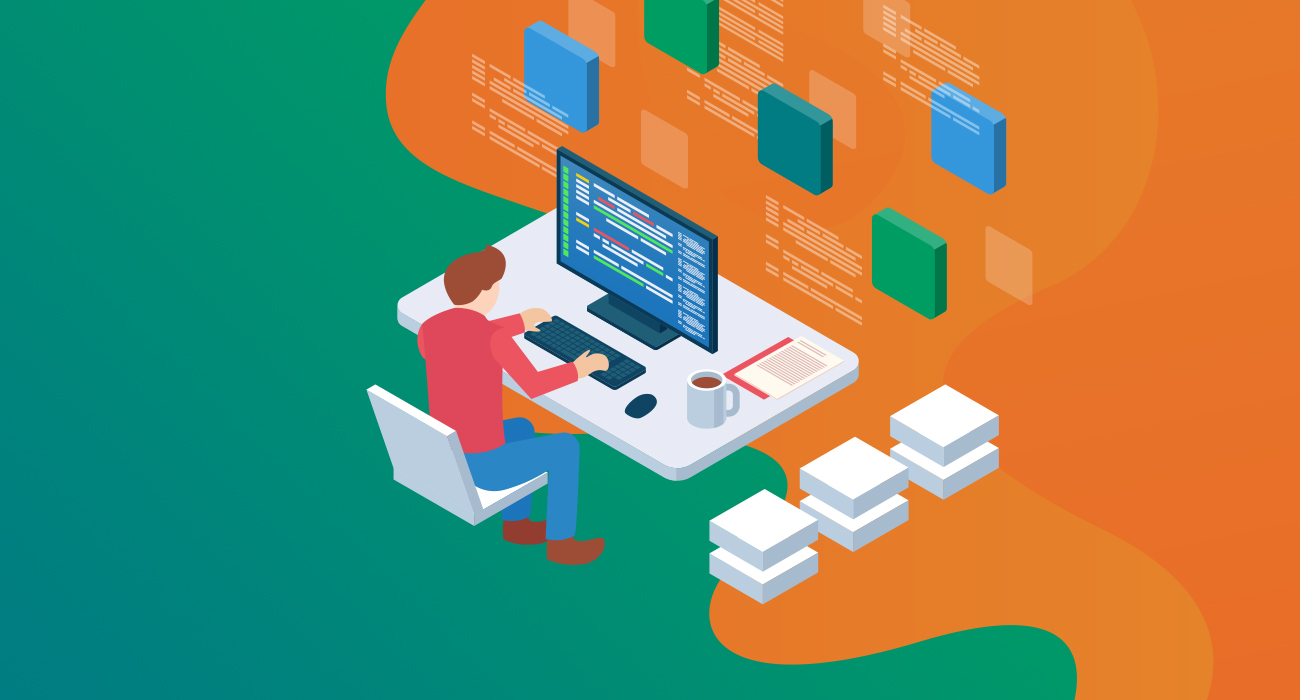Want to know what a self-service portal is and how your organization can use one beyond IT to further help business operations and outcomes? If so, then this blog is for you.
Put simply, a self-service portal is a webpage or an app that allows employees (or external customers for externally facing support providers) to assist themselves when it comes to their need for help, information, or service. It’s one of many ways to provide self-service, self-help, and ideally self-care capabilities to those who need assistance, with that assistance often not requiring any input from support personnel.
Importantly, these capabilities don’t need to be limited to IT support, with a self-service portal also highly beneficial to other lines of business such as human resources (HR), facilities, legal services, etc. Please read on to find out more.
Why Should you Consider a Self-Service Portal?
Many corporate service providers are under pressure to both “do more with less” and, more recently, to also become “better, faster, cheaper.” They might also be subject to a corporate mandate to digitally transform their operations to better support the corporate front office.
Hence, if your IT organization or other business department’s service desks are struggling with increasing contact volumes, tighter budgets, and evermore demanding employees, then a self-service portal offers a great opportunity to relieve some of that pressure while also reducing costs and delivering a better employee experience.
Plus, for your organization, it might not only be an internally created need to be “better, faster, cheaper”. This is because employees, buoyed by their potentially superior consumer-world service and support experiences, now expect fit-for-purpose self-service support capabilities as part of an omnichannel service and support offering.
What to Include in Your Self-Service Portal?

Your portal capabilities should be driven by the services you offer, and employee wants and needs. For the latter, employees will have preferences for different channels for different needs and your self-service capabilities need to reflect these.
For example, a complicated IT issue that’s stopping an employee working in the pursuit of an important deadline will likely need a call to the service desk. Whereas an employee with an HR issue of a personal nature might – at least initially – prefer to look at related FAQs in the portal.
In deciding what to include in your portal, it will also depend on whether the portal is built around the service provider or the employee. For example, there might be an IT self-service portal and an HR portal. Or there might be an employee portal through which employees can get assistance with IT, HR, and many other types of issues and requests. Plus, the reality is that your organization might start with an IT portal, then add HR services, then add facilities services, and so on.
Examples of what to include from an IT service and support perspective include:
- The ability to find information and solutions to common IT issues (self-help)
- Issue logging, for IT support assistance
- The ability to request new services, either with immediate, automated provision or via IT support assistance
- Status checking – which prevents calls and emails to the service desk
- Broadcast-type alerts of issues and warnings
- Automated capabilities such as password reset or automated resolutions to common issues
- Chat capabilities – for personalized help, if needed, while self-serving
- Collaboration facilities for peer-to-peer support
- Access to IT asset information – which allows employees to self-check what they have versus what they should have, or to self-audit
- Software downloads.
These capabilities can also be supported by in-context help, which is increasingly provided by artificial intelligence (AI).
When extending the portal capabilities to other lines of business, many of the above IT service and support capabilities can be replicated to meet the needs of HR, say. For example, in assisting employees with issues and requests related to:
- Payroll and benefits
- Sickness recording
- Learning and development planning
- Recruitment
- On-boarding and off-boarding employees.
How Does an Effective Self-Service Portal Work?
In many ways, this isn’t the right question to commence with. Because the most successful self-service portals don’t start with a best practice framework for how self-service portals should work. Instead, they’re built on the understanding of how employees want to, and will, work.
In this context, there’s no guarantee that replicating the look and feel of a successful consumer-world self-service capability – such as Amazon’s – will lead to a significant level of employee adoption. So, while all the above potential portal components might be helpful to your organization, there’s a need to start with employee wants and needs. Before then building your portal on the back of these.
This is mentioned further in the challenges section below.
What are the Types of Self-Service Portals?
The types of self-service portals can be differentiated in a number of ways. For example, as already mentioned, it could be an internally facing employee portal or one that serves external customers. For internal support, your company could then choose to have separate portals for each line of business. Or it could offer a single employee portal that caters to any type of employee need.
Then the access method can be considered. From an internally available portal to employees also being able to access it at home – for example, for accessing HR information and help while off sick. Or by the self-service capabilities being available via mobile devices and a self-service app.
Newer technologies also offer up additional self-service access channels that take self-service beyond the portal. For example:
- Chatbots and in-app virtual agents
- Email autoresponders that provide a self-service-like response
- Automated telephony services that provide possible resolutions and information
- Voice-based help via smart devices such as Google Home and Amazon Echo.
What are Some Self-Service Portal Business Benefits?

The key benefits of self-service portals are very much in line with the need for “better, faster, cheaper” service and support:
- Delivering an improved employee/customer experience. And it’s a rising bar because employees expect to see consumer-grade self-service evolutions, including with issue logging, service request catalogs, and knowledge availability for self-help, in the workplace.
- Improving availability and efficiency. 24×7 self-service provides increased support availability – even if only for simple issues. It also provides support for more languages and time-zones at a far-lower cost than employing native-language speakers. In terms of increased efficiency, self-service benefits both service desk analysts and employees, with the addition of backend automation key to this.
- Easing the pressure on overworked service desks. Where taking employee contacts away from the telephone channel can have a significant effect, especially when issues and requests are self-solved by employees.
- Better prioritization of issues and requests. First, it removes the immediacy of response associated with the telephone channel (and first-contact resolution target). Second, self-help removes many of the simpler, and potentially less-important, service desk contacts to then allow analysts to spend more time on the potentially more important issues.
- Cost savings. Self-service saves IT money by letting the employee do what the service desk previously did while the same employee waits. However, the real staff and cost savings lie in the use of backend automation.
Challenges with Self-Service Portals
Many of the challenges with self-service success are connected to the approach taken to portal introduction. Importantly, this needs to be treated as a people change initiative rather than a technology implementation project. Then, added to this, there are common issues such as:
- Failing to create the self-service capability around employee ways of working
- Insufficient knowledge articles for self-help
- Minimal investment in organizational change management (in what is a change to the existing way of working)
- No, or insufficient, backend automation
- No continual improvement of the self-service capabilities over time.
So, please bear these in mind when planning your self-service introduction (or its extension into other lines of business).
Features of a Self-Service Portal Software
While the capabilities listed above are important features to look for, with the caveat that they’re capabilities that employees want to, and will, use.

